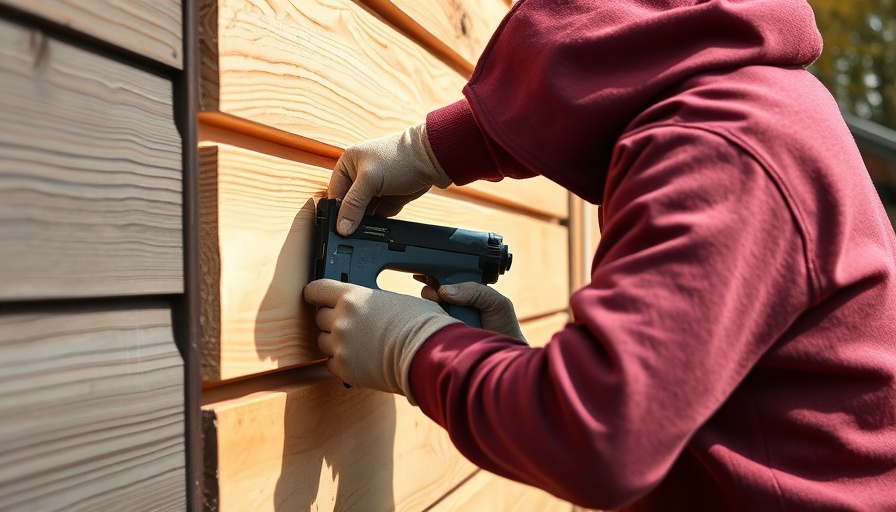
Why You Need to Invest in Driveway Maintenance
In Toronto, where the harsh climate can wreak havoc on your driveway, neglecting maintenance is not an option. Many homeowners underestimate how critical it is to keep asphalt and concrete driveways in top shape. Ignoring minor issues can lead to expensive repairs down the line. Early signs of deterioration, such as cracks and surface fading, are indeed warnings. Addressing these problems promptly with the help of professionals can help preserve not only the aesthetics of your home but also its overall value.
The Long-Term Costs of Neglect
Given Toronto’s fluctuating weather conditions, even small cracks can escalate into major structural issues. Moisture that seeps through tiny fissures can freeze in colder months, resulting in expanded cracks. According to recent industry insights, repaving a driveway can cost between $4,000 and $10,000, depending on various factors. In stark contrast, regular sealing and minor repairs are significantly more economical and can save you from this hefty investment down the road.
Benefits of Professional Driveway Sealing
Hiring trusted experts for driveway sealing offers more than just immediate visual appeal. Professional-grade sealants create enduring protective barriers against harmful UV rays and moisture. Unlike typical store-bought options that may provide temporary gratification, professional sealants penetrate deeper and can extend the life of your driveway for up to three years or longer with proper care. Professionals are adept at thoroughly cleaning the surface before sealing and ensuring an even application, ensuring that every corner of your driveway is adequately protected.
Proactive Crack Repairs Avoid Future Issues
Crack repairs are a preventative measure more than a reactive one. When experts address surface cracks with high-quality, flexible fillers, they mitigate the risk of potholes and sub-base erosion. This proactive approach helps keep your driveway intact and avoids the costs associated with complete driveway replacement down the line.
Spotting Hidden Issues: The Expert Advantage
What homeowners often miss during their inspections could severely impact their driveways. While you might catch visible issues, professionals are trained to evaluate the entire structure. They know what signs to look for regarding drainage efficacy and the integrity of the base layer. Their comprehensive evaluations can often catch problems early, allowing for timely and cost-effective solutions, which is crucial for preserving your driveway’s longevity.
Investing in professional services for your driveway might seem like an upfront cost, but the savings in the long run are undeniable. By hiring experts for driveway sealing and repair, you're not just protecting your concrete or asphalt; you're also safeguarding your investment in your home.
 Add Row
Add Row  Add
Add 



Write A Comment